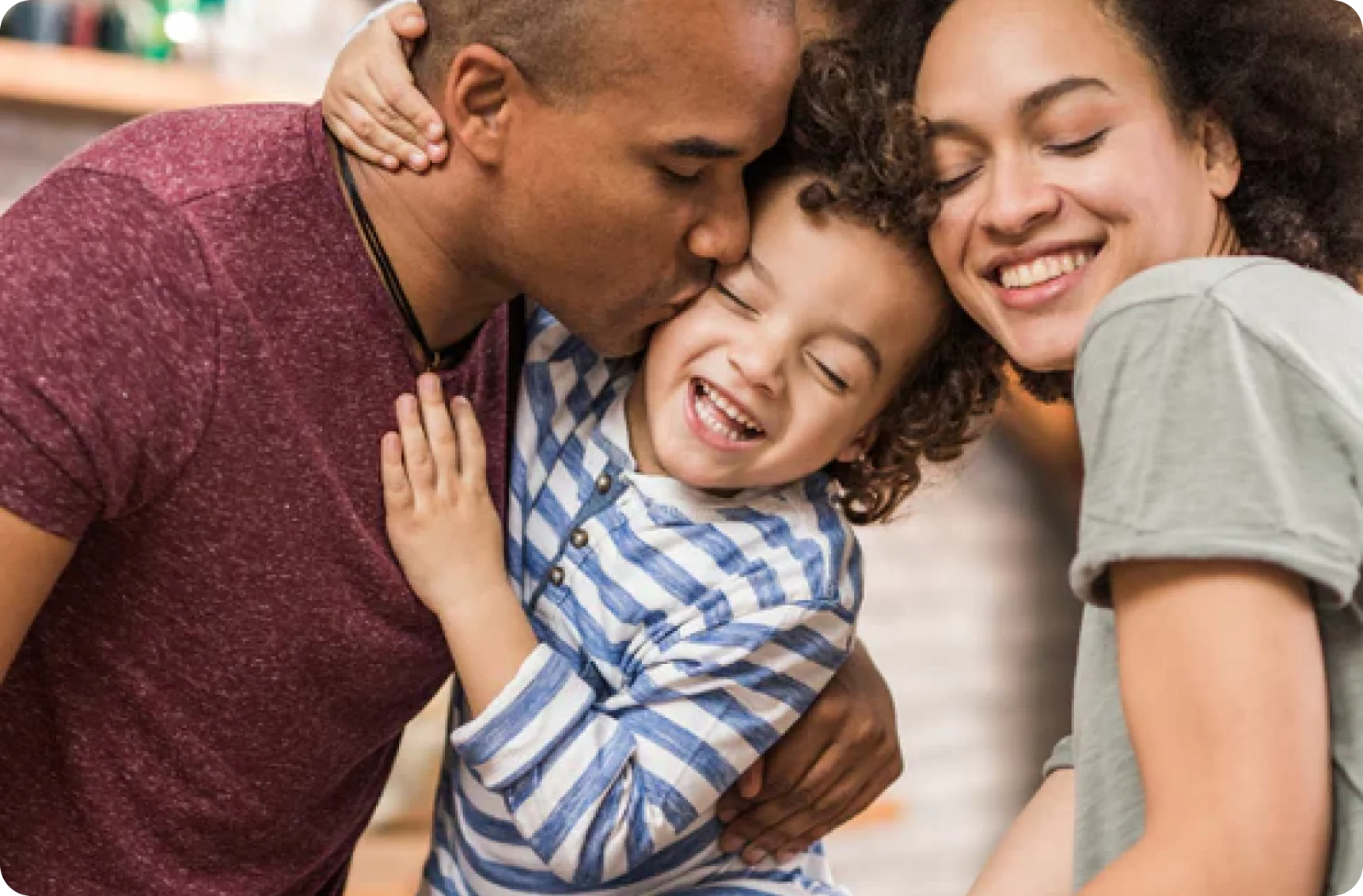As parents, we hope to teach our children empathy – the ability to understand and share the feelings of others. But sometimes empathy can seem like a difficult quality to pin down!
As it turns out, there are lots of opportunities for teaching empathy in everyday situations. In fact, it is in how we interact with children throughout the years that they truly learn the meaning of empathy.
Here are the best ways you can teach and apply empathy everyday:
1. Talk about emotions.
When children see parents and caregivers openly discussing their own emotions, it helps them to understand that everyone experiences emotions differently. It also helps them to understand that it is okay to express and talk about difficult emotions and from there, you can discuss how there are healthy ways to feel angry, sad or upset.
Even simply encouraging children to express their emotions verbally will help them to understand their own feelings and ultimately help develop empathy.
2. Model compassionate behavior.
Children learn best by example, so parents and caregivers should strive to show compassion in their own lives. This could involve volunteering for a local charity, helping a neighbor in need, or simply showing kindness to others on a daily basis.
Of course, parents and caregivers can’t be perfect role models all the time. We all have our moments when we lose our patience or get caught up in our own problems. But even in these moments, we can still strive to be aware of our shortcomings and let them know how we are working on them. It shows that no matter how old we get, we are all still human beings just learning through life and each other.
3. Nourish positive social interactions.
Playing cooperatively with others, asking questions about someone's day, or listening attentively when someone is speaking are some examples of positive social interactions. When children see parents and caregivers behaving kindly and respectfully towards others, they learn that this is how people are supposed to treat each other.
Ultimately, caregivers will play a large role in modeling these behaviors. It is in children’s primary interactions that she learns how to make eye contact, wait for her turn to speak and so on. When positive interactions abound throughout a child’s life, they learn that it feels good to be on the receiving end of kindness and compassion. It then becomes natural to want others to feel seen, heard and cared about, as well.
At the end of the day, we can all benefit from teaching empathy–and it’s important to start early. Teaching empathy through everyday situations is one way to make it a natural part of our lives. It helps us connect with others, helps reduce depression and bullying, and creates a more peaceful world for everyone. What situation will you use to teach empathy today?



